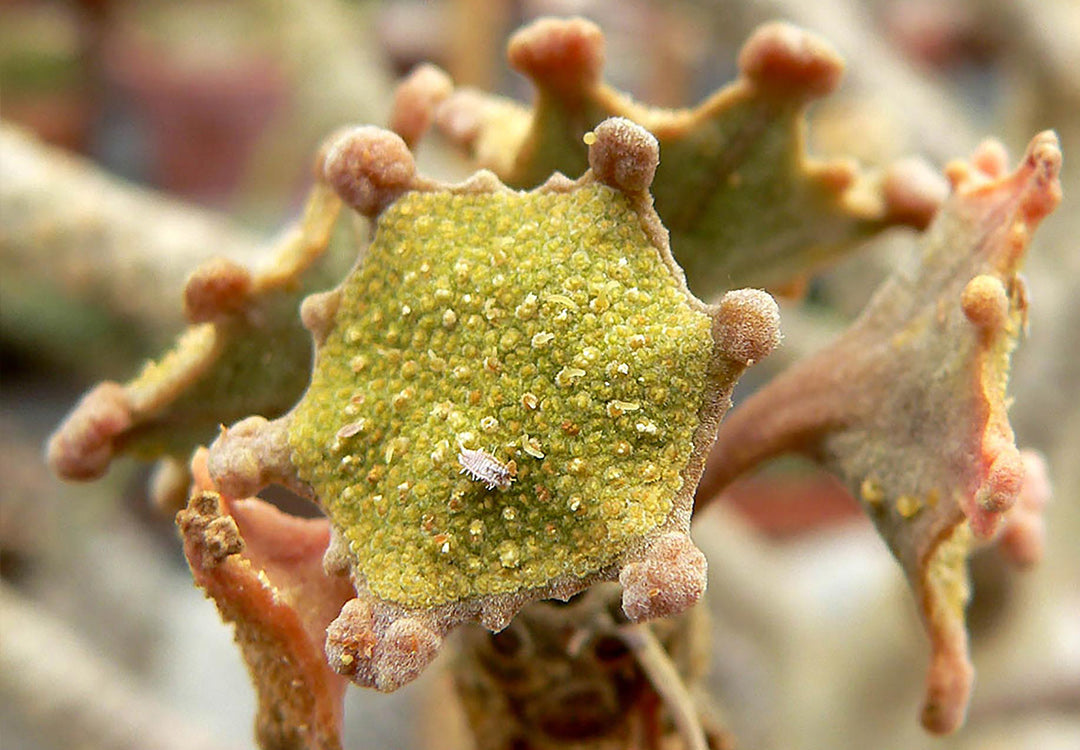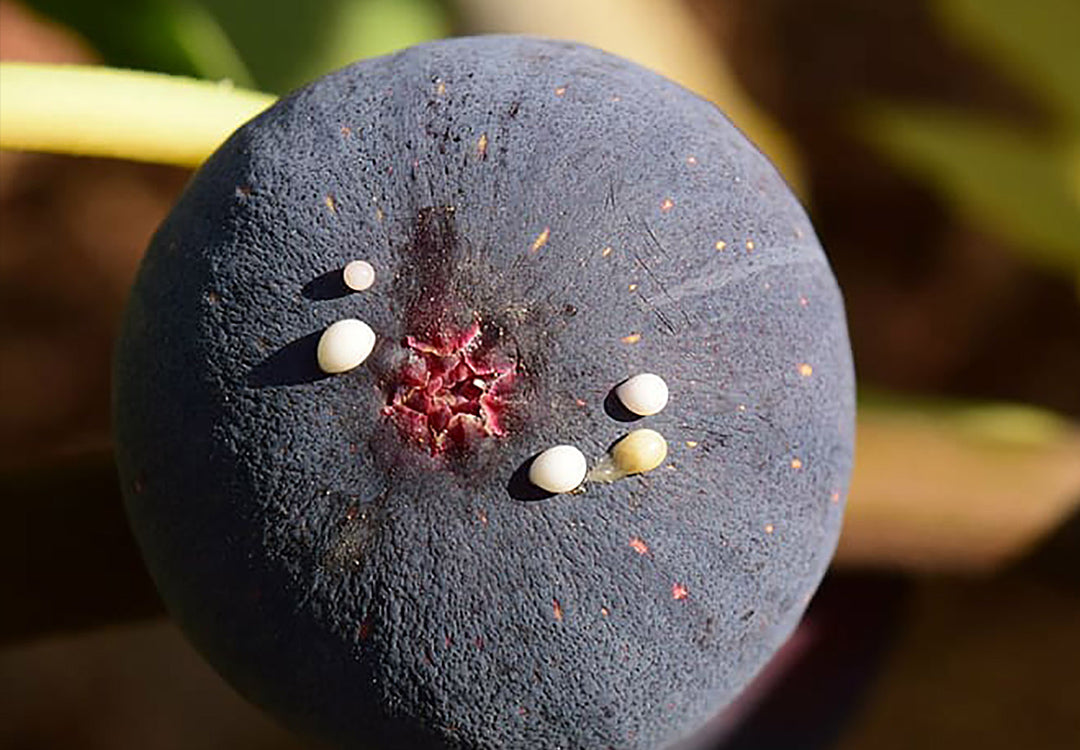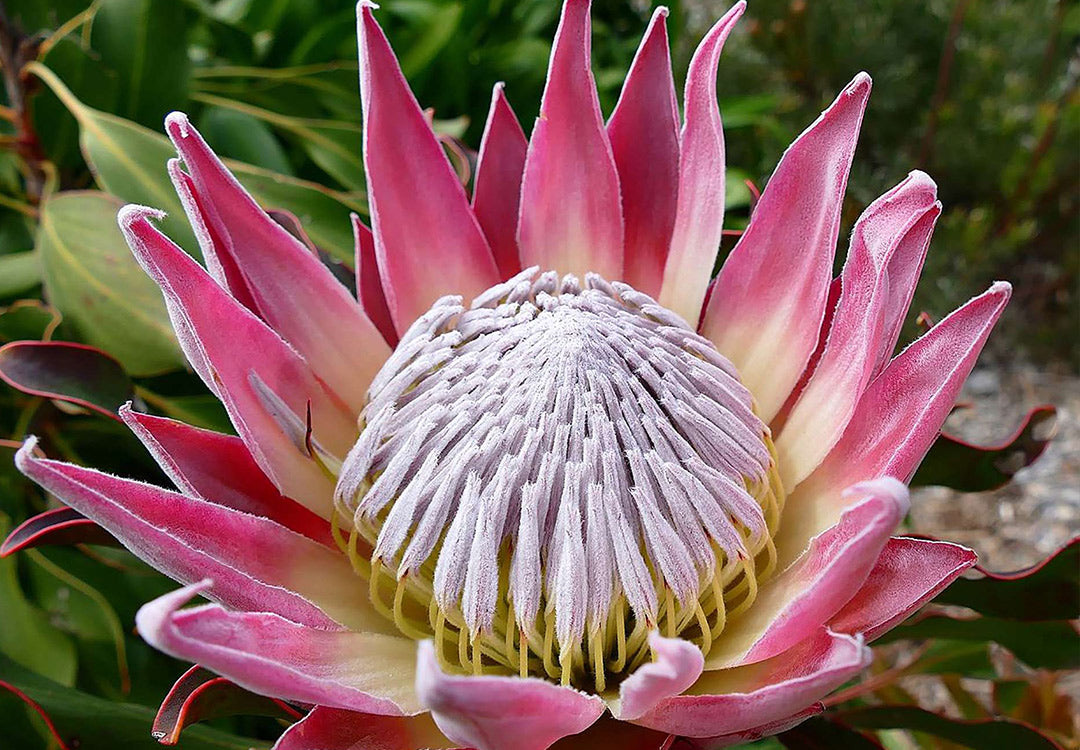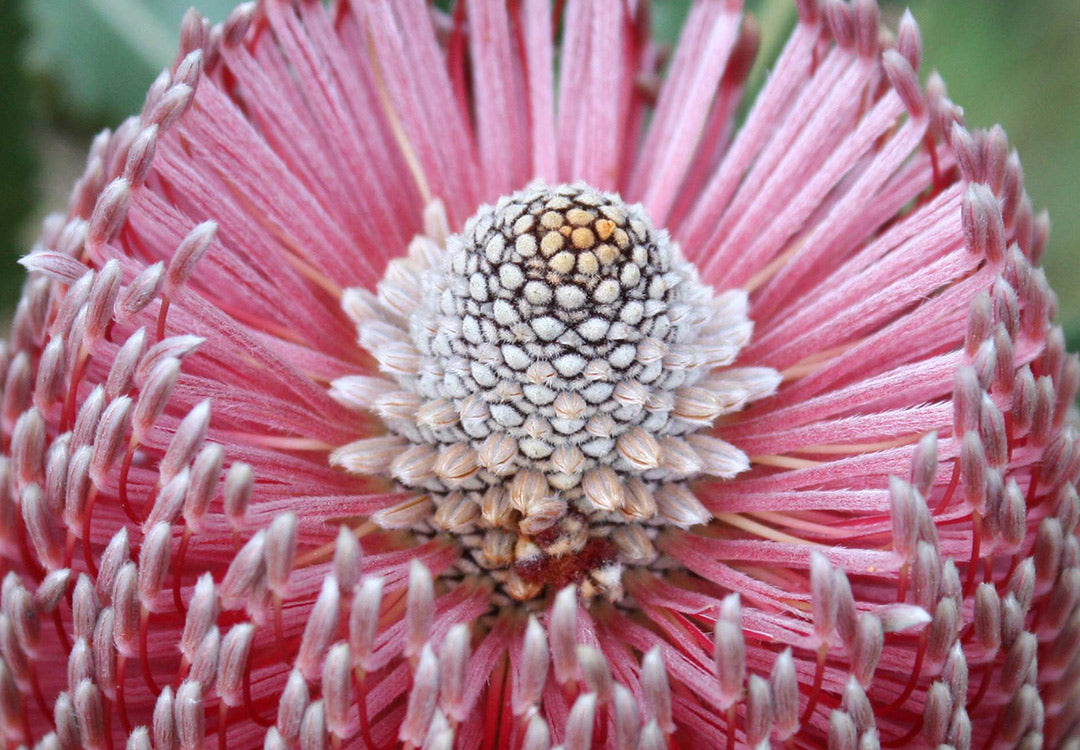Moraceae, The Fig/Mulberry Family
On the surface, there doesn’t seem to be much that holds this family together as a group. It certainly wouldn’t seem obvious that figs and mulberries belong in the same family at first glance, at least not to me. Description Members can come in all shapes and sizes including vines and shrubs, but this family is generally associated with trees.
Continue reading




